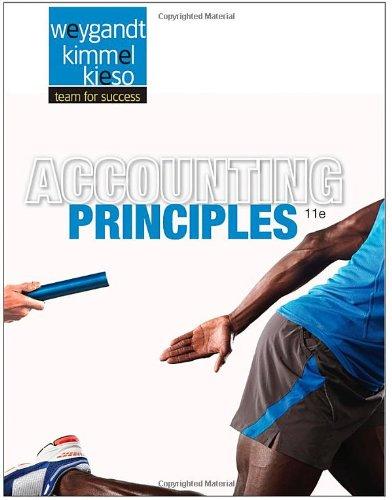As an expert in the field of mammalian reproductive strategies, you have been hired by the Department of Nature and Island Resources of the West
As an expert in the field of mammalian reproductive strategies, you have been hired by the Department of Nature and Island Resources of the West Indies. This organization is a cooperative of several West Indies islands concerned with the loss of biological diversity on their island nations as tourism and development continue to grow. Scientists working on the island of St. Kitts and its sister island Nevis have uncovered what appears to be a previously undiscovered species of rodent.
Based on the original description of this animal, it was placed in a genus within the squirrel family. What you have been hired to do is to help save the population of St. Kitts, which is small and threatened by development. The population is so small that individuals are having difficulty finding mates and, in many cases, the reproductive seasons are being delayed by up to one year. When you arrive in the region and begin your observations, you notice that the Nevis population is very healthy and could be used as stock for the recovery operation that you plan on the island of St. Kitts.
In your recovery plan, you bring animals from Nevis into the population on St. Kitts to bolster the population numbers, ensure the availability of mates, and increase the genetic diversity within the shrinking population. As a good scientist, you observe the reproductive behaviors of this animal in the fi eld to ensure the success of your program. Within a very short time, you realize that your plan is failing. In the 240 attempts to bring a Nevis animal into the St. Kitts population, you are unable to observe a single successful reproductive event. Although these animals look identical, you are concerned that they are two distinct species. Your focus now becomes identifying the differences between the two populations. What follows is a brief review of the data you collected from your study.
This case study describes a recovery program for a rodent population on the island of St. Kitts in the Caribbean. After reading the case study above, your job is to formulate your own story incorporating some of the details and data provided while also drawing on several evolutionary concepts studied in class. A list of these concepts can be found at the end of this document. There are no limitations on the details you can incorporate into your story, but it should follow some specific guidelines. Your story:
• 1 paragraph story.
• Should incorporate the data supplied in the case study.
• Should incorporate at least three of the concepts from the “Concept List.” As you incorporate each concept, you must demonstrate its relevance to your story.
• Can be told in any form. For instance, one student presented the story as field notes collected from observing the animals in their natural habitat. Another student presented the story as a series of experiments and observations made by groups of scientists over hundreds of years. Be creative.
• Should account for the data on the organisms provided in the case study. It is acceptable to add more data as you develop your story as long as it fits into the patterns of the data provided.
• Can include graphics and illustrations. Be sure to cite the source and give credit for the material, including material taken from the Internet.
• Should include a scientific and common name for the rodent populations. In developing these names, make sure you use the rules for binomial classification. In addition, make sure that you put the rodents into an existing genus. You come up with the species names.
• Needs a good title. Remember that you are developing an evolutionary picture of a rodent population using data supplied with the case study. Keep in mind that in an evolutionary story you will be describing events that may have occurred over very long time periods. Important: When incorporating concepts from the “Concept List” into your story, you must elaborate on how they relate to your story. Simply including a concept word in your assignment is not acceptable. For example, stating that “the animals became two species because of genetic drift” is not sufficient. You must also explain how genetic drift works in this process.
Concept List You must include at least three of the following:
• Genetic drift • Bottleneck effect
• Founder effect
• Gene flow
• Mutation
• Natural selection—Directional selection
• Natural selection—Stabilizing selection
• Natural selection—Diversifying selection
• Prezygotic reproductive isolation—Habitat isolation
• Prezygotic reproductive isolation—Behavioral isolation
• Prezygotic reproductive isolation—Temporal isolation
• Prezygotic reproductive isolation—Mechanical isolation
• Prezygotic reproductive isolation—Genetic isolation
• Postzygotic reproductive isolation—Reduced hybrid viability or fertility
• Allopatric speciation
Step by Step Solution
3.43 Rating (156 Votes )
There are 3 Steps involved in it
Step: 1
The problem to be addressed was the declining population of a particular rodent on the island of St Kitts The population is very small to find mates which leads to a delay in the reproduction period b...
See step-by-step solutions with expert insights and AI powered tools for academic success
Step: 2

Step: 3

Ace Your Homework with AI
Get the answers you need in no time with our AI-driven, step-by-step assistance
Get Started


